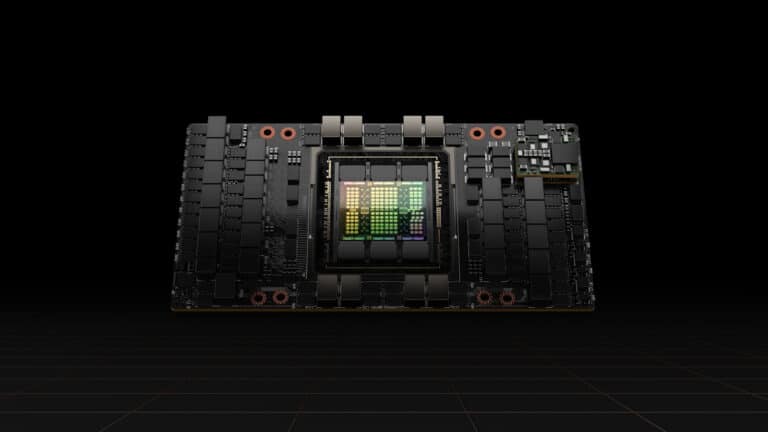Consumers face fire hazards while the PCI standards group is directing blame at the manufacturers.
Nvidia’s new RTX 4090 and 4080 GPUs both use a 16-pin connector called 12VHPWR. The new connectors were developed as a way to provide the increased power levels required by the latest generation graphics cards.
The 12VHPWR delivers the extra power without needing the physical space required for three or four 8-pin power connectors. For some, the selling point of “increased power with less space” seemed a little too good to be true, and that may indeed be the case.
The new power connectors seem prone to overheating and melting issues. Nvidia has claimed that the cables pose “a serious electrical and fire hazard”.
PCI-SIG blames card producers
In order to ensure interoperability, the spec for the connector was developed jointly by the Peripheral Component Interconnect Special Interest Group (PCI-SIG), a body that includes Nvidia, AMD, Intel, Arm, IBM, Qualcomm and others. The overheating problems have sparked a rash of finger-pointing and deflection.
Now, the PCI-SIG has had to respond to the issue and assign responsibility for the design flaw. In a statement published by Tom’s Hardware, the group pointed a finger at the individual members, saying that they, not the PCI-SIG, were responsible for safety testing products using connector specs like 12VHPWR.
“PCI-SIG wishes to impress upon all Members that manufacture, market or sell PCI-SIG technologies (including 12VHPWR connections) of the need to take all appropriate and prudent measures to ensure end-user safety, including testing for the reported problem cases involving consumers”, the group wrote.
“Members are reminded that PCI-SIG specifications provide necessary technical information for interoperability and do not attempt to address proper design, manufacturing methods, materials, safety testing, safety tolerances, or workmanship”, the statement reads.
“When implementing a PCI-SIG specification, Members are responsible for the design, manufacturing, and testing, including safety testing, of their products.”
